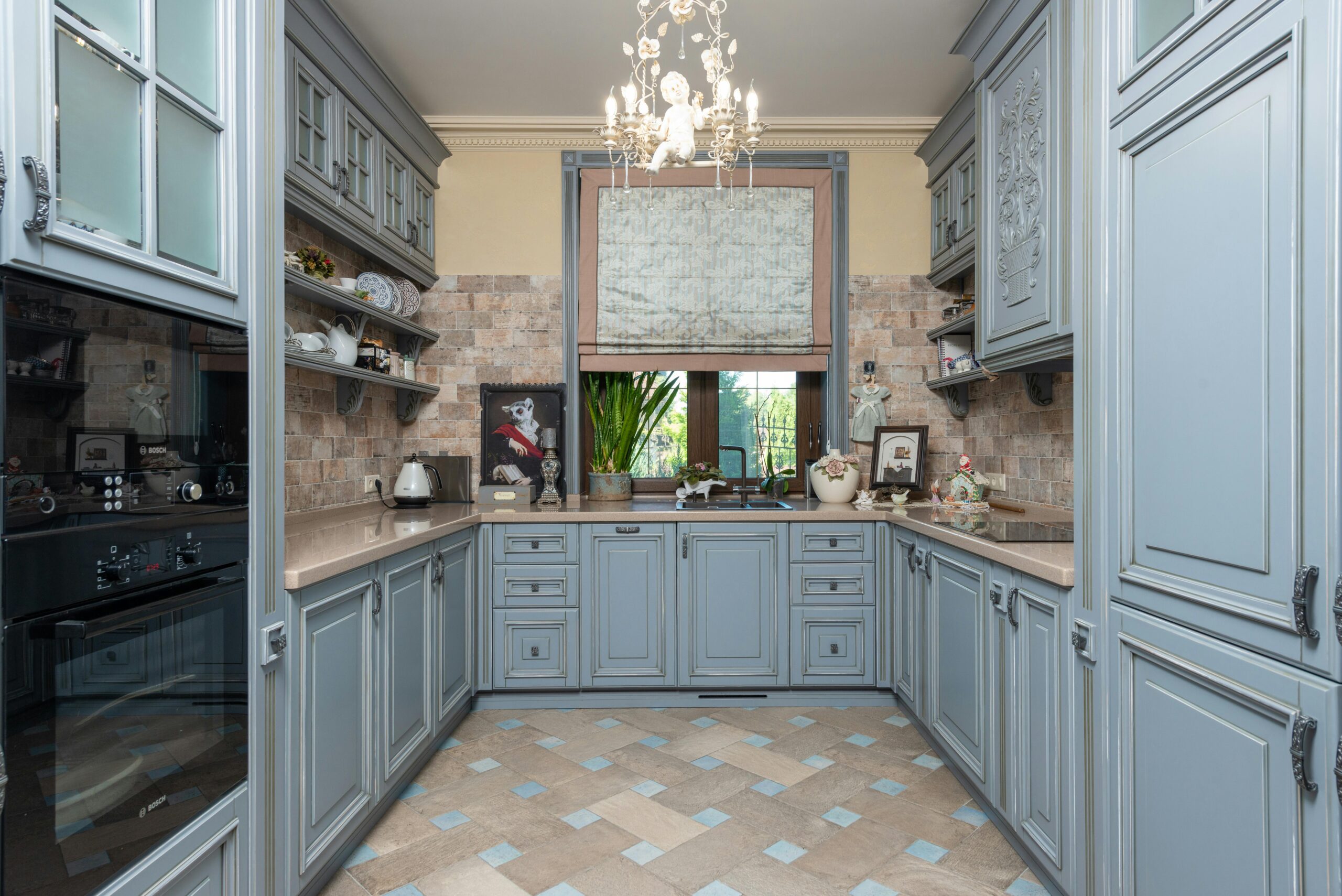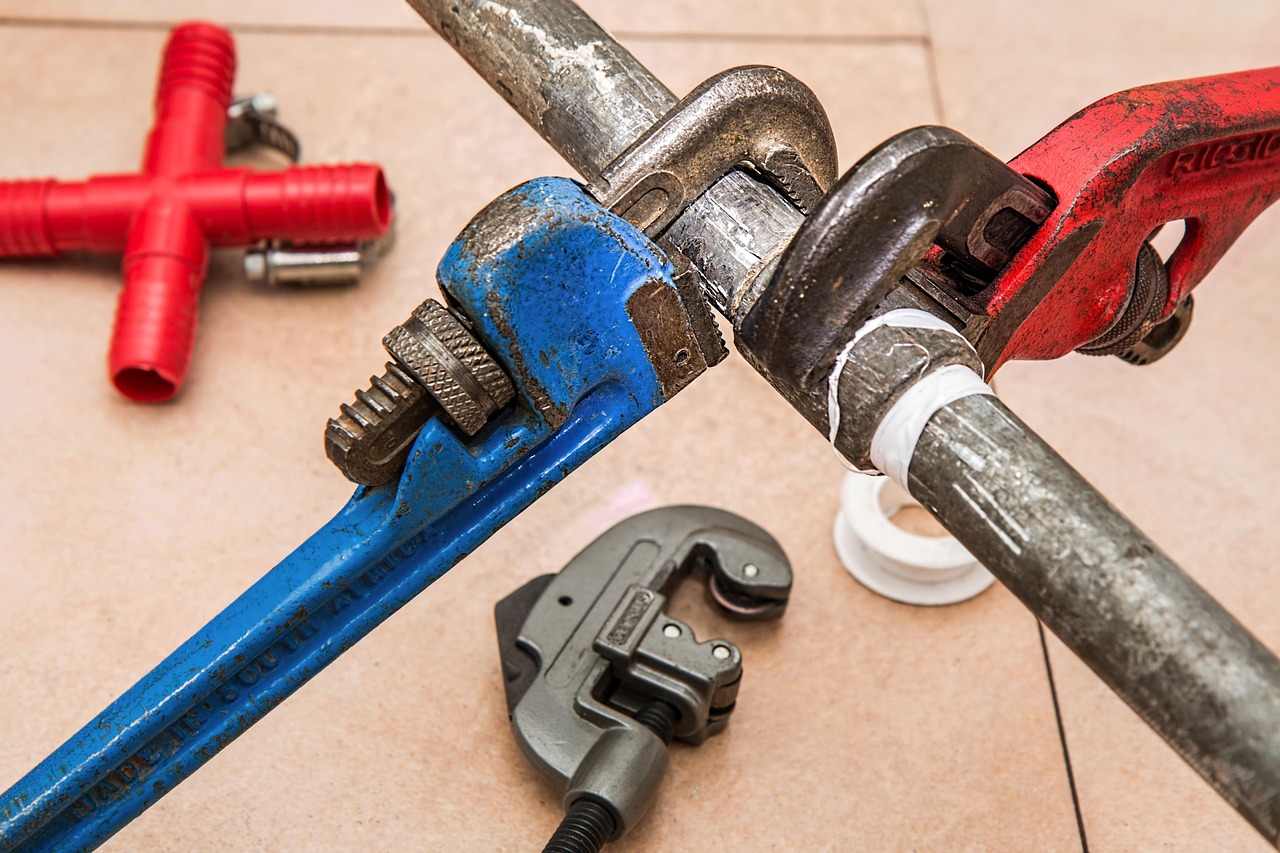When planning a flooring renovation, understanding the costs involved with different tile options can help you make an informed decision that fits your budget and meets your needs. Ceramic and porcelain tiles are two of the most popular choices for homeowners, but they differ significantly in price, durability, and installation requirements. This article will explore the material and installation costs for both ceramic and porcelain tile floors, examining how factors such as tile size, pattern complexity, and necessary prep work affect the overall price of your flooring project.
Understanding Ceramic and Porcelain Tiles
Before diving into costs, it’s important to understand what sets these two materials apart. Ceramic tiles are made from clay that is fired in a kiln, resulting in a product that is relatively porous compared to porcelain. They’re typically easier to cut and work with during installation. Porcelain tiles, on the other hand, are made from more refined clay and fired at higher temperatures, making them denser, less porous, and more durable. This difference in manufacturing affects not only the durability but also the ceramic vs porcelain tile cost comparison.
Ceramic tiles are generally less expensive, with material costs ranging from $0.50 to $7 per square foot, depending on quality, design, and size. Porcelain tiles typically cost more, averaging $3 to $10 per square foot for materials alone. The higher price point for porcelain reflects its superior durability and water resistance, making it an excellent choice for bathrooms, kitchens, and other moisture-prone areas.
Material Costs Breakdown
When budgeting for a tile flooring project, the material costs will be your first consideration. For a standard bathroom tile price, expect to pay between $1 and $15 per square foot just for the tiles, depending on whether you choose ceramic or porcelain and the quality level you select.
Entry-level ceramic tiles are the most affordable option, typically priced between $0.50 and $3 per square foot. Mid-range ceramic tiles, which offer better designs and quality, range from $3 to $7 per square foot. Premium porcelain tiles with specialty finishes or high-end designs can cost $10 to $20 per square foot or more.
Remember to factor in additional materials beyond just the tiles themselves. You’ll need thinset mortar, grout, backer board (if necessary), and other supplies that can add $1 to $3 per square foot to your project total. According to professionals at AskHomey, homeowners often underestimate these additional material costs when planning their budget.
Installation Cost Factors
The tile flooring installation cost per square foot estimate varies based on several factors. On average, expect to pay between $5 and $14 per square foot for professional installation, with porcelain typically landing on the higher end due to its hardness and difficulty to cut.
Room size and layout significantly impact installation costs. Smaller spaces like bathrooms often cost more per square foot to tile because they require more cutting and detail work around fixtures. A bathroom renovation might cost $10 to $15 per square foot for installation, while a larger, open living area might be $5 to $10 per square foot.
Tile size also affects labor costs. Large-format tiles (12″x12″ and larger) cover more area quickly but may require special equipment and expertise to install properly. Smaller tiles (under 8″x8″) take longer to install but can be easier to work with in irregular spaces.
Pattern Complexity and Design Considerations
Complex patterns and designs can dramatically increase both material and installation costs. A standard straight-lay pattern is the most economical, while diagonal, herringbone, or custom patterns may increase installation costs by 20% to 50%.
Specialty cuts, borders, and inlays will also drive up the price. If you’re planning an intricate bathroom design with decorative accents, expect to pay premium prices for both materials and labor. The bathroom tile price for custom designs can easily reach $20 to $30 per square foot or more when combining high-end porcelain with complex installation patterns.
Prep Work and Subfloor Considerations
Proper subfloor preparation is crucial for a successful tile installation and can significantly impact your final cost. If your existing floor is in good condition, minimal prep work may be needed. However, if leveling, removal of old flooring, or subfloor repair is necessary, these tasks can add $2 to $7 per square foot to your project cost.
Porcelain tiles, being heavier than ceramic, may require additional subfloor reinforcement in some cases. This is particularly important in older homes where floor joists might not be designed to support the added weight of porcelain tile and the required mortar bed.
Hidden Costs to Consider
Several hidden costs can surprise homeowners during tile projects. These include removal and disposal of existing flooring ($1-$4 per square foot), furniture moving, baseboards or trim work, and potential plumbing work for bathroom installations.
Additionally, if your project requires waterproofing (essential for bathrooms), this can add $1 to $3 per square foot. High-quality waterproofing membranes are particularly important when installing ceramic tiles in wet areas, as ceramic is more porous than porcelain.
Making Your Final Decision
When weighing ceramic vs porcelain tile cost comparison, consider not just the initial price but the lifetime value. Porcelain’s durability might make it more cost-effective in high-traffic areas despite its higher initial cost. Ceramic tile offers an excellent balance of affordability and appearance for areas with less moisture and wear.
For your specific project, obtain multiple detailed estimates from contractors that include all aspects of the job from floor preparation to finishing touches. This will give you the most accurate picture of your total investment.
For more tips and to connect with reliable home service professionals, follow AskHomey on Facebook and Instagram.



